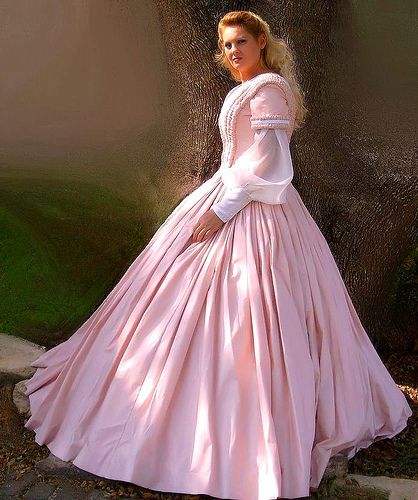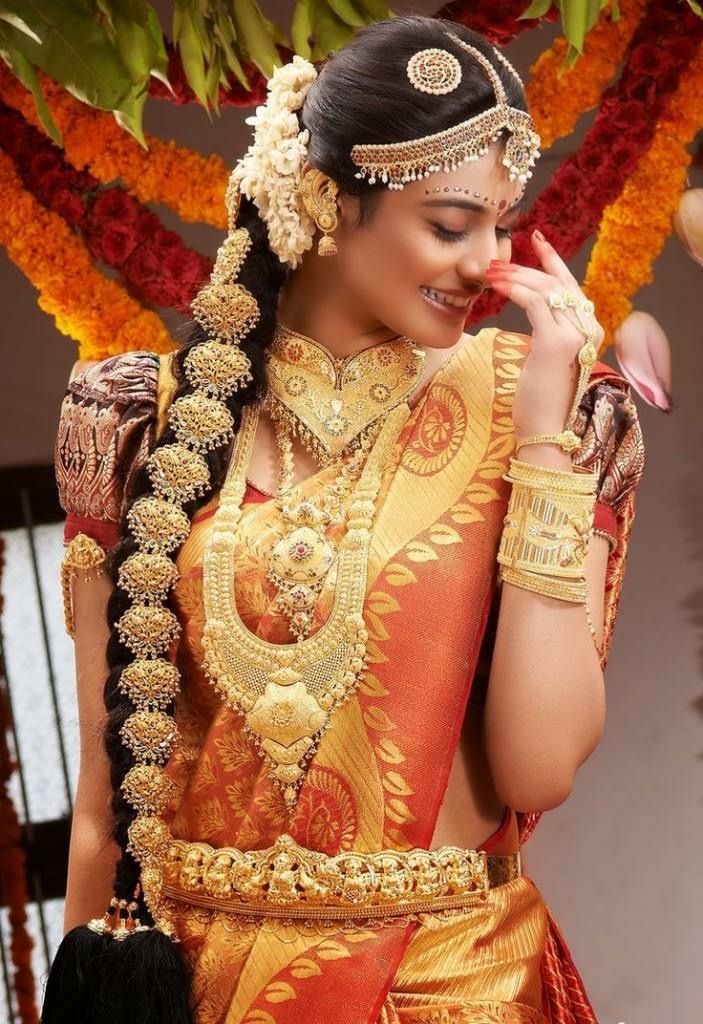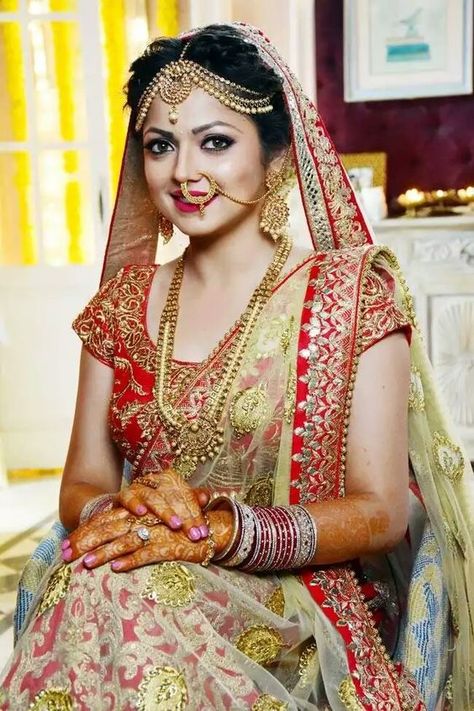
Although the Republic of India is one country, there area unit important variations between the north and therefore the south. consider the Republic of India as Europe, wherever every country could be a totally different country however shares constant constant democracy. every region additionally sharply retains its regional languages, cuisine, costume, culture, and creative voice.
The North Republic of India is mostly outlined by the Hindi-speaking band of the province, Jammu, and Cashmere, Uttarakhand, Himachal Pradesh, Rajasthan, Delhi, Punjab, and Haryana. The South Republic of India includes the provinces of Tamil Nadu, Andhra Pradesh, Telangana, Karnataka, and Kerala.
Referring to abundant ancient consumer goods, the Saris area unit worn by girls throughout the country. However, trousers tunic or churidar is common in the North Republic of India. Men can nearly always wear trousers, shirts, and kurta.
Brightly colored saris and 0.5 saris (for single girls) area unit most popular by South Indian women. Men sometimes wear white dhotis or colored lungis.
South Indian Dresses

South Indian girls historically wear a saree whereas men wear a definite kind of skirt, which may be a white breechclout or a lungyi with the same old batik colors. The saree, being a seamless drape, enhances the wearer’s makeup whereas covering solely the midriff. In Indian philosophy, the navel of the supernatural being is considered the supply of life and art. thus historically, the abdomen and therefore the navel ought to be left open, despite the fact that the philosophical idea has been for the most part forgotten.
This makes the fulfillment of sharira-mandala, once in Angikam bhuvanam yasya (the body of your earth) meets shaarira-mandala (the universe), as disclosed in Natyashastra. These saree principles additionally hold alternative varieties of drapes, like lungyi or mundu or panchey (white lungyi with silk-colored stripes with South Dravidian colors), worn by men. The respiratory organ is roofed with a clock or anti-clockwise and strapped to the rear or adjusted simply round the waist. generally it’s raised at the knees and tied at the waist loosely or control by the hand to hurry up the movement.
Traditionally, South Indian men don’t cowl their higher bodies. Sometimes, in a very formal setting, the material will cowl the higher body. Some temples in South Republic of India even forbid men to wear the higher body within the middle of the temple. In Andhra and within the northern elements of Karnataka, men wear a kachche panchey wherever it’s tied at the rear by taking it between the legs. A constant pattern is seen in girls. all over on the coast, men wear colorful lungis and ladies wear saris within the kind of ties.
North India’s Dress

Women historically wear trousers tunic, ghagra choli, saree, and phiran. Dupatta is dressed to complete the dress. Men historically wear the shirt, achkan, tunic, and sherwani of the higher garment, the lower garment includes breechclout, churidar, and pants. Pagri is usually worn on the pinnacle to complete the garment, particularly in rural areas. In provinces like Uttarakhand and Himachal Pradesh, girls typically wear Ghaghra and a sleeveless shirt or shirt trousers adorned with a coat and orni (handkerchief). Men sometimes wear a shirt jacket and trousers (a shirt) with a Himachali hat. within the geographical region provinces, Jammu and Cashmere, Himachal Pradesh, and Haryana, the standard dress is tunic pants. within the states of Rajasthan, province, and south of Haryana, it’s the ghagra choli. Pagri is worn in a very type of regional designs and could be an image of one’s standing and respect. In urban and rural areas the influence of the west will simply be seen recently.
Sari worn by women of Tamil Nadu

Sari finds a nice price in ancient women’s consumer goods in Tamil Nadu. The notable Tamil poetry Cappappatikaram depicts girls in saree. saree could be a garment worn by girls in offices, temples, parties and weddings. The Saris of South India area unit notable throughout India for his or her refined zari work. The Kancheepuram saree is best proverbial for its elegant vogue. The color, texture and magnificence of the Kancheepuram saree are incredibly totally different from the North Indian saris. The length of the saree is sometimes 5 to 6 yards.
Salwar Kurta worn by women of Punjab

The salwar kameez is a traditional dress worn by Punjabi women. It consists of salwar pants and a kameez dress. Traditionally, salwar trousers are designed to be long and wide with narrow straps above the ankles to make it look like cuffs. Punjabi men also wear salwar, but they pair their pants with a short dress known as kurta, which is a male translation of kameez.3
The traditional top of the kameez is an open, knee-length dress with long sleeves. This garment is worn by tying it on the head with a circular thread with a starting point.
The salwar kameez is usually paired with a long, leather-wrapped scarf or shawl known as a dupatta, wrapped around the neck or above the head. Decorative patterns can also be embroidered on the neck, sleeves, hem, and edges on the side of the dress.
Dhoti for men of Southern part of India

One such public toilet consumer goods that offer the impression of the South Indian sports world is Veshti. Across the Republic of India, we have a tendency to see a confusing vary of styles and dot drawings reflective of our made cultural heritage. however, in the southern Republic of India, Veshti scenes stay constant for an extended time in Indian history. The white and pure white fabric was worn by each tradition and therefore the regular use. Silk was in style for special occasions and special occasions, and lightweight white cotton was in style for everyday wear.
Sherwani for men in the Northern part of India

Sherwani (also called Shairwani and barely called Serwani) could be a long dress just like the dress worn in Central and South Asia. It’s terribly just like the Western coat. It is very similar to the Western frock coat or the Polish and Lithuanian anupan. Sherwani is dressed above the kameez with a combination of shalwar as a low-cut dress. It can be distinguished from achkan by being longer than achkan in length, usually made of heavy fabrics, and by the presence of linear.
